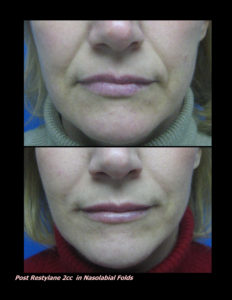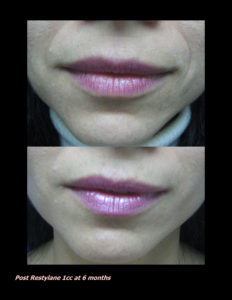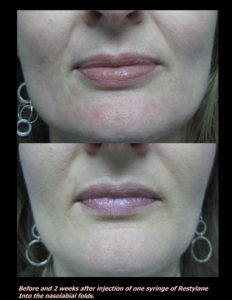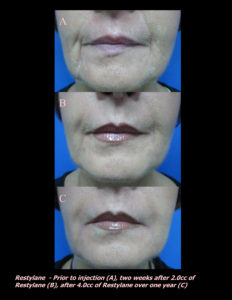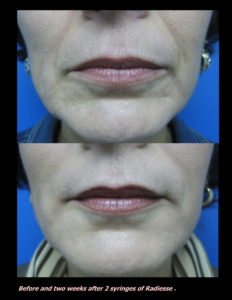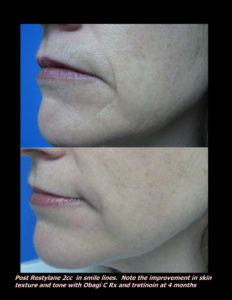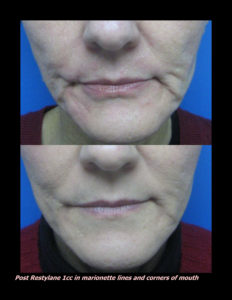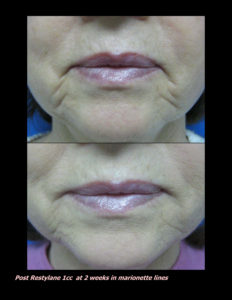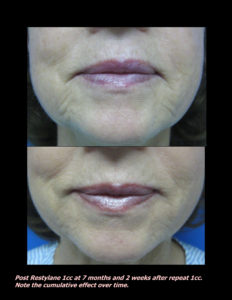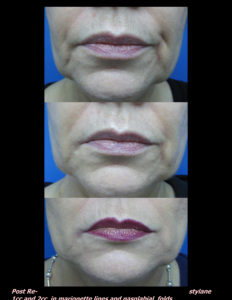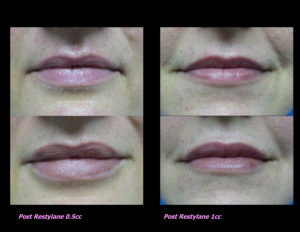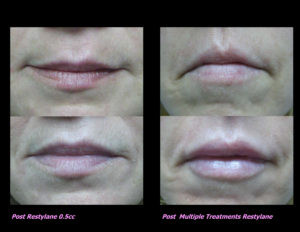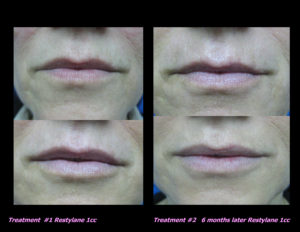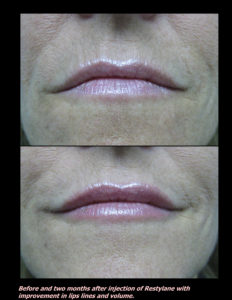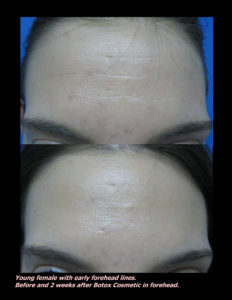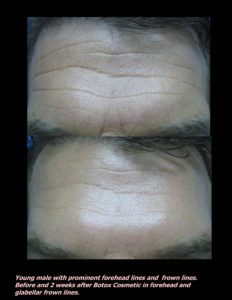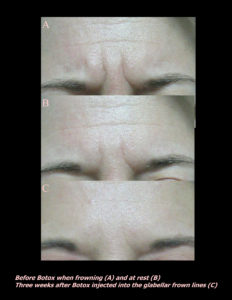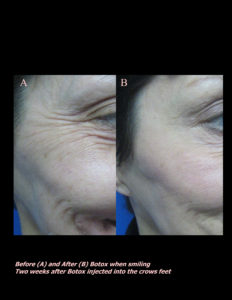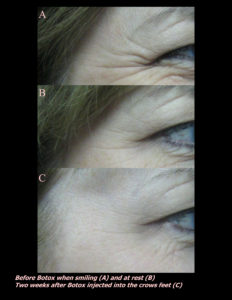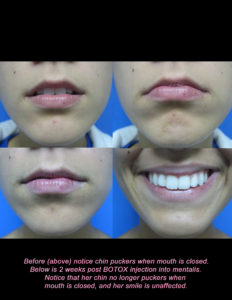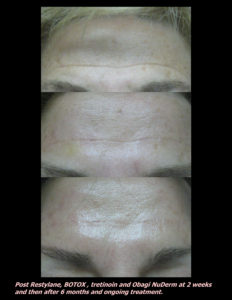What exactly is skin cancer, and how does someone get it? Here’s the 101 learning to answer all your questions.
There are three main types of skin cancer, Basal Cell Carcinoma, Squamous Cell Carcinoma, and Melanoma. The risk of skin cancer increases with sun and other UV exposure and immunosuppression.
Basal Cell Carcinoma is the most common type of skin cancer and makes up about 85% of all skin cancers. It is the most common cancer in the United States, with 1 in 5 Americans having one sometime in their life. They usually are a smooth, flesh-colored bump or a spot that doesn’t heal. They often are painless and go undetected when they are small, but eventually will start bleeding easily. Basal Cell Carcinomas pretty much never spread to other parts of the body or affect lifespan. https://www.skincancer.org/skin-cancer-information/basal-cell-carcinoma/
Squamous Cell Carcinoma is the second most common type of skin cancer, about 10% of all skin cancers. They are usually a pink-white crusty growth that is tender to the touch. These often start as precancer spots, called actinic keratoses, and progress if not treated. Of all skin cancers, squamous cell carcinomas are the most likely to grow quickly and be painful. They can spread to lymph nodes and other parts of the body if allowed to grow. https://www.skincancer.org/skin-cancer-information/squamous-cell-carcinoma/
Basal Cell Carcinomas and Squamous Cell Carcinomas grow where they are and can destroy the surrounding normal skin as they grow. Treatment is removing the spot in its entirety, usually surgically. Superficial lesions can also be treated with a chemotherapy cream. Radiation is used in very large or inoperable growths.
Melanoma is the most worrisome type of skin cancer. It can spread to other parts of the body and affect life span. They usually are a flat brown growth on the skin that demonstrates the ABCDE’s Asymmetry, Irregular Border, Mulitple Colors, More than 1cm in diameter, and Evolving. Not all melanomas exhibit all these characteristics, and some are even pink. Early detection is key. The severity of melanoma is directly related to how deep they grow in the skin. Treatment always includes removing the spot in its entirety. There are several new chemotherapy and immunotherapy regimens that are lengthening life span for those with advanced disease. https://www.skincancer.org/skin-cancer-information/melanoma/
For all types of skin cancer, early detection is the key to limiting the impact it has on melanoma, our lives. Dermatologists recommend a yearly full skin exam to detect and treat lesions early.
To learn more please visit the Skin Cancer Foundation website.
If you know someone who may find this article helpful, please share it with them! Follow us on social media this week, and subscribe to our growing YouTube channel! If you would like to receive these posts in your email inbox, Subscribe to our Site.



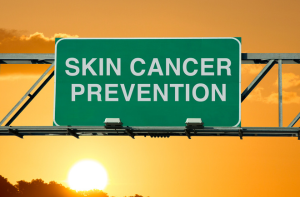






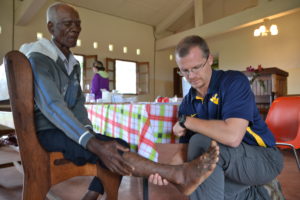






 Laser Vein Reduction Treatments
Laser Vein Reduction Treatments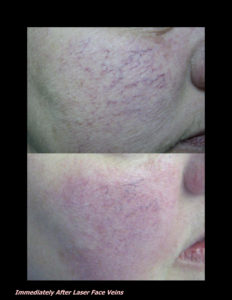
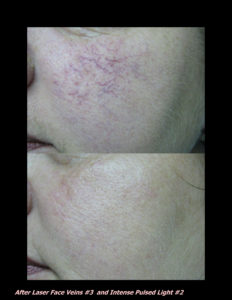
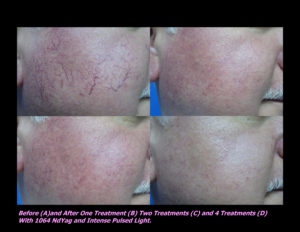
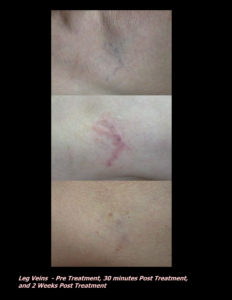
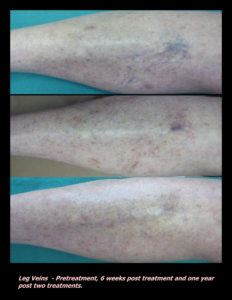
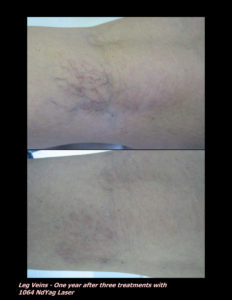
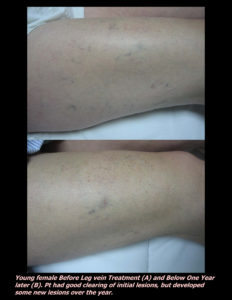
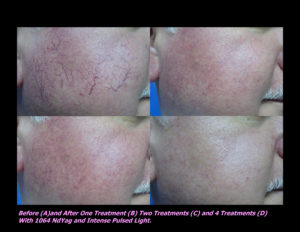
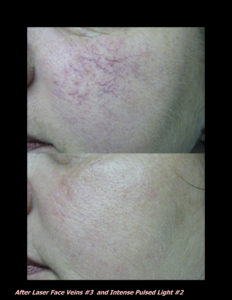

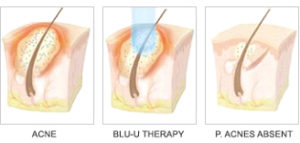
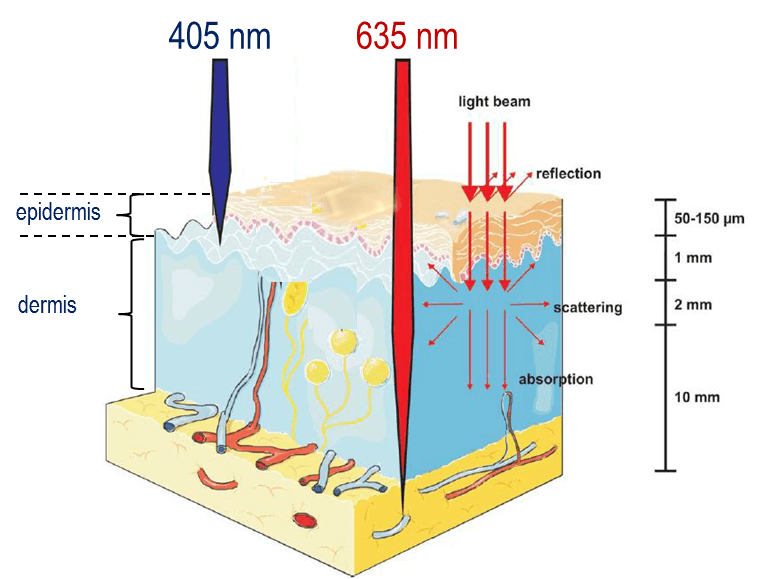
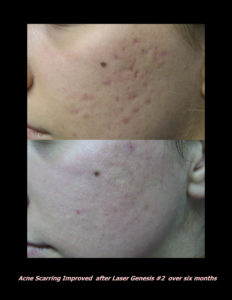
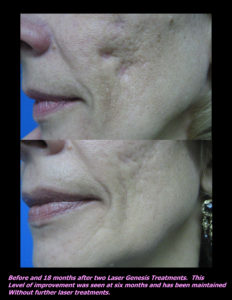


 DP Dermaceutical Products
DP Dermaceutical Products



